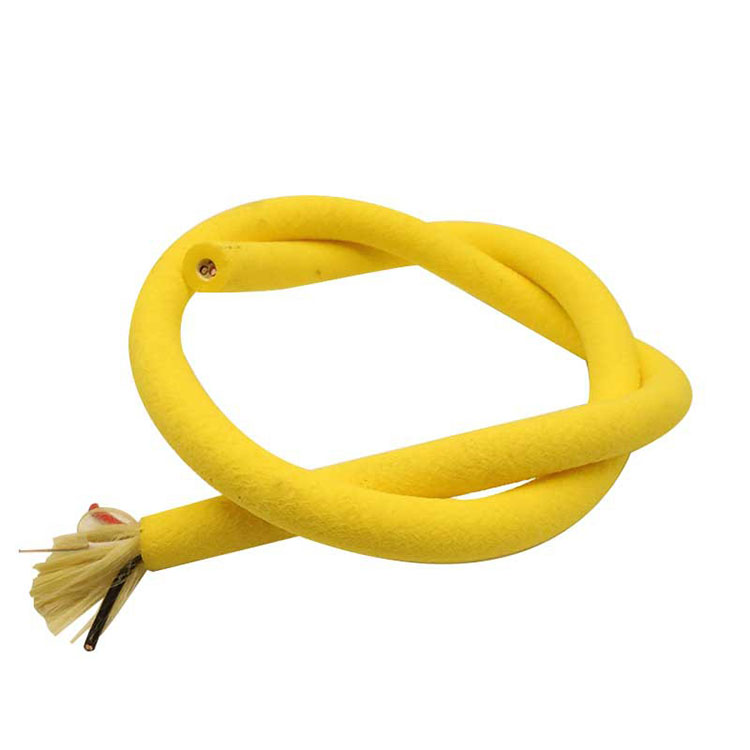ਪਾਣੀ ਵਿਚ ਜ਼ੀਰੋ ਬੋਲੀ ਉਪਕਰਣ ਦੀ ਕੇਬਲ ਕਿਵੇਂ ਜ਼ੀਰੋ ਅਵਾਜ਼ ਨੂੰ ਕਿਵੇਂ ਪ੍ਰਾਪਤ ਕਰਦੀ ਹੈ?
2025-05-14
The buoyancy balance design of zero buoyancy underwater cable is based on the precise matching of material density and fluid statics. Its essence is to establish a mass and volume dynamic balance system of multiphase composite materials. The structure of zero buoyancy underwater cable adopts the principle of gradient density distribution, forming a concentric circle topology with decreasing density between the conductor core layer, the insulating medium layer and the protective sleeve, so that the bulk modulus of each layer of material corresponds to the seawater compression coefficient. The core layer uses metal-based composite materials to increase the unit volume mass, and the outer layer introduces a closed-cell airbag structure through microporous polymers to offset the density fluctuation caused by the change in water depth pressure through volume expansion coefficient adjustment.

The water absorption control of the material is the key to achieving long-term buoyancy stability of zero buoyancy underwater cable. The protective layer uses a cross-linked polymer network to construct a molecular sieve effect, allowing water molecules to diffuse freely but blocking the penetration of isolators, maintaining the gas-liquid interfacial tension of the internal pores.
The thermodynamic compensation design is achieved through the synergistic effect of phase change materials and conductor Joule heat. When the ambient temperature fluctuates, the phase change material absorbs or releases latent heat to balance the thermal expansion and contraction effect of the material volume. The magnetostrictive elements are embedded in the protective layer, which offset the posture changes of the zero buoyancy underwater cable caused by the disturbance of the geomagnetic field through the Lorentz force, thereby maintaining the stability of the spatial configuration.




